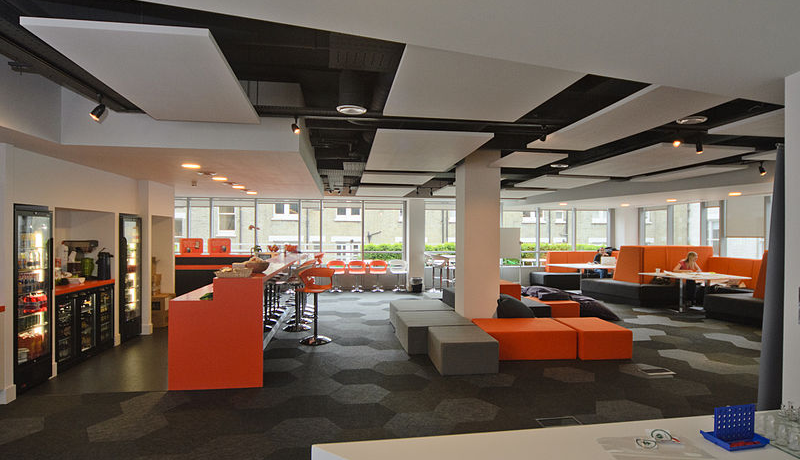Category: How To
Employee engagement is a hot topic these days, and for good reason. Several studies have shown that an engaged workforce leads to higher productivity, increases customer satisfaction, and improves retention.
Of course, there isn’t a simple formula for boosting engagement at your organization, and there are many elements that play into it, including hiring, organizational design, and leadership. One of such key elements is the design of the physical workspace where employees spend a large portion of their lives.
A well-thought out office space isn’t simply functional or beautiful. Workspace design can also help employees feel truly connect to their work, their company and each other. So what does an engaging workspace look like? Read More…
The contemporary arena’s need for the ‘new’ is unreasonably guided by disassociation or foregoing relation with any predicate. The equally misused business term for this need is ‘disruption’. This amnesia devalues the brilliance of our generation: our mastered skill of formulating newly combined associations that better navigate our world—practiced by means of contemporary culture’s access to seas of unceasing fragments of knowledge. ‘The Origami Method’ is a diagram of seven steps to illustrate the process of evolving contemporary art –or business, or products— by ever-shifting points of reference. The ‘Method’ builds upon an essay written by T.S.Eliot “Tradition and the Individual Talent” [1920].
In the essay, Eliot describes a circumstance in which one conflates the ‘best’ with the ‘never before seen’ in evaluating a poem: that if one were to mark the ‘best’ parts of a poem, he might circle what he considers the most ‘innovative’ parts, those which have never before been written. Eliot suggests that when removing such prejudice from the valuation, the evaluator might rather mark the ‘best’ parts of a poem as the most ‘individual’ parts of a work—a mixture of never before written and innovative reframing of the past where an artist asserts his influences. limeSHIFT boldly equates this chart for art with progressing business. Read More…

